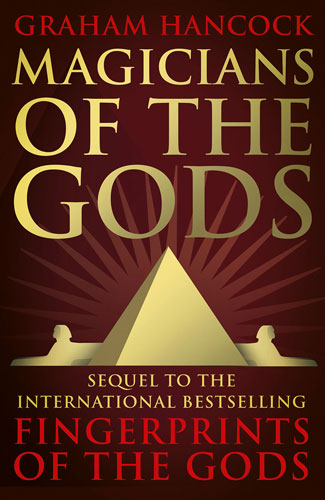News Desk
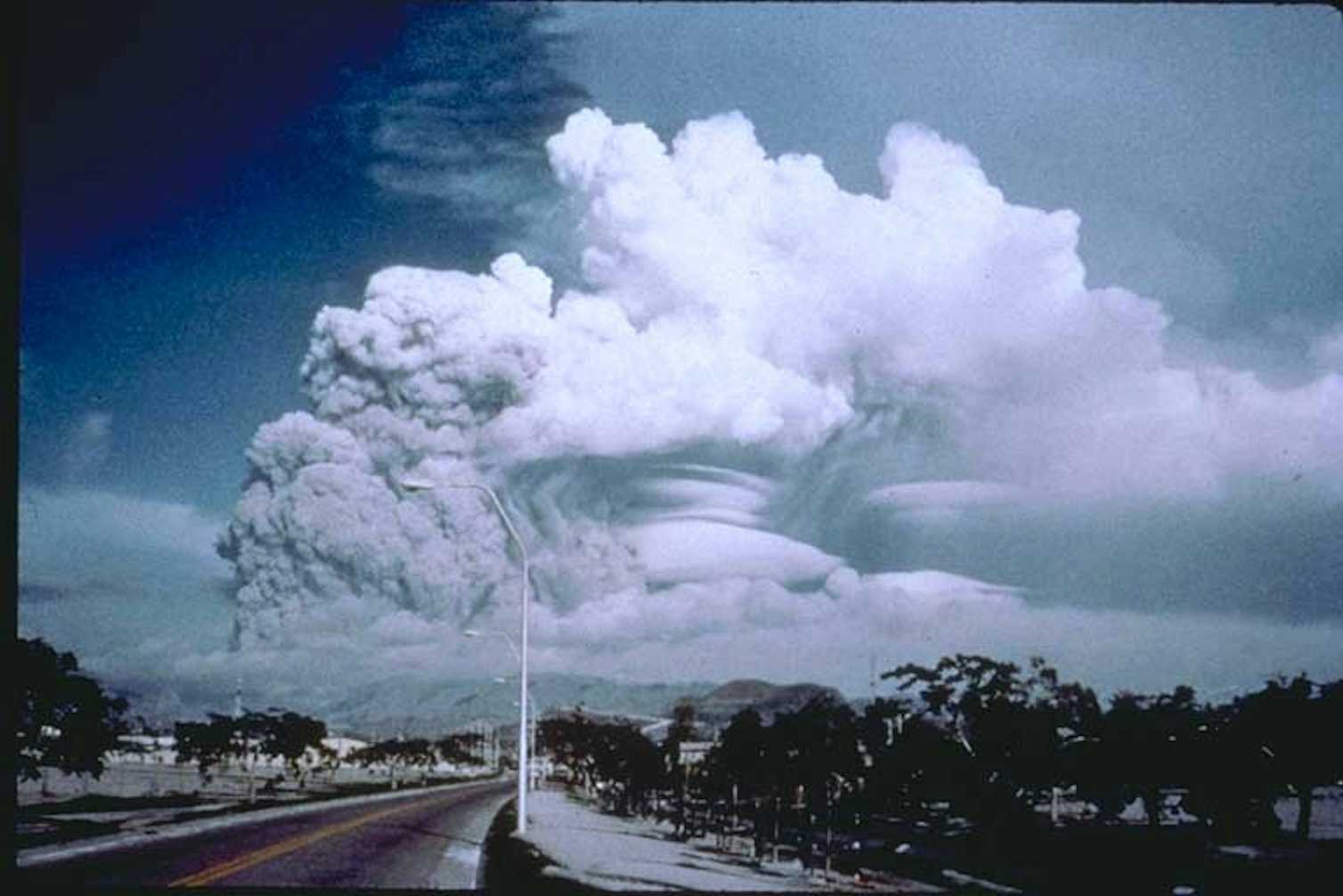
Around 74,000 years ago, a “supereruption” on the island of Sumatra, Indonesia, blasted out an estimated 5,000 cubic kilometres of magma.
Researchers have discovered the fossilised remains of 3.4-billion-year-old methane-cycling microbes that lived in a hydrothermal system beneath the ancient seafloor – the oldest microfossils of this type found to date.
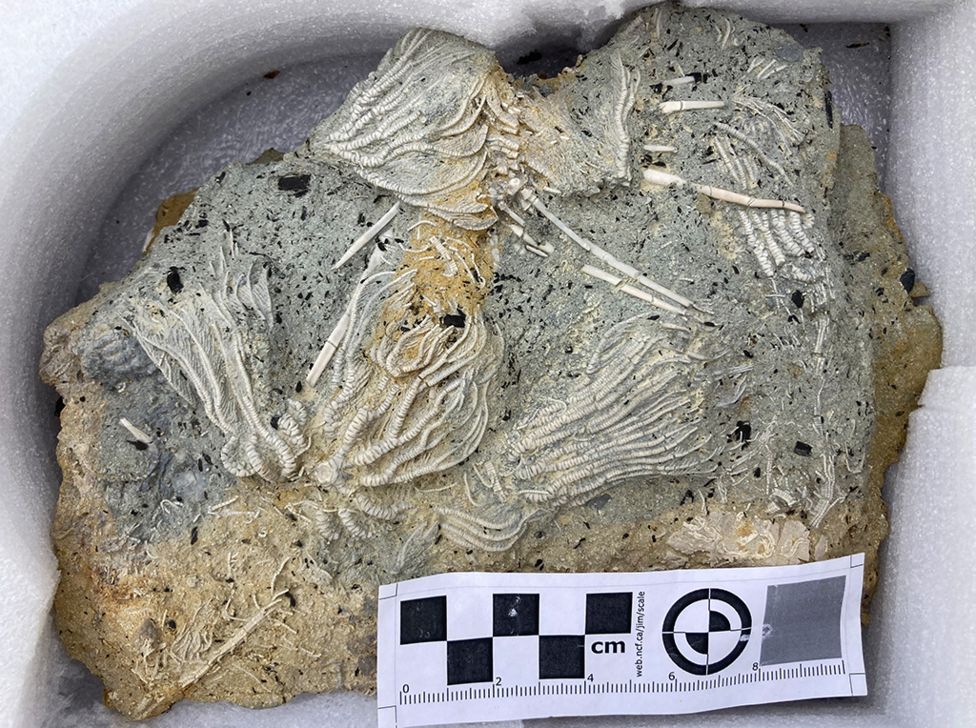
Palaeontologist Tim Ewin is standing in a quarry, recalling the calamity that’s written in the rocks under his mud-caked boots.

Lucid dreaming, in which people are partially aware and can control their dreams during sleep, could explain so-called alien abduction stories, a study suggests.

Artificial intelligence (AI) is proving very adept at certain tasks – like inventing human faces that don’t actually exist, or winning games of poker – but these networks still struggle when it comes to something humans do naturally: imagine.
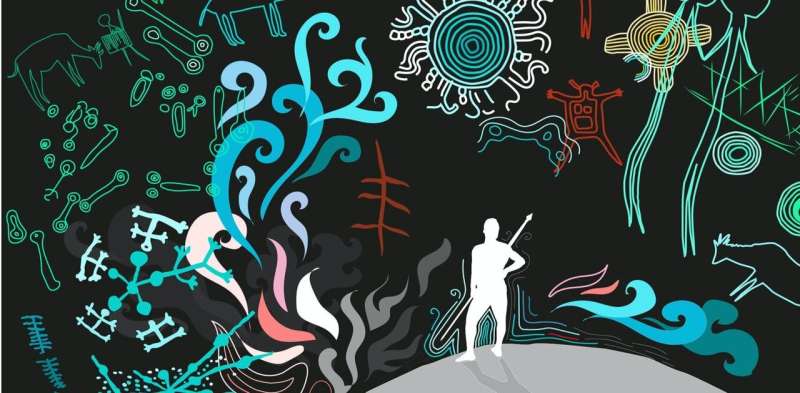
Humans constantly alter the world. We fire fields, turn forests into farms, and breed plants and animals. But humans don’t just reshape our external world—we engineer our internal worlds, and reshape our minds.
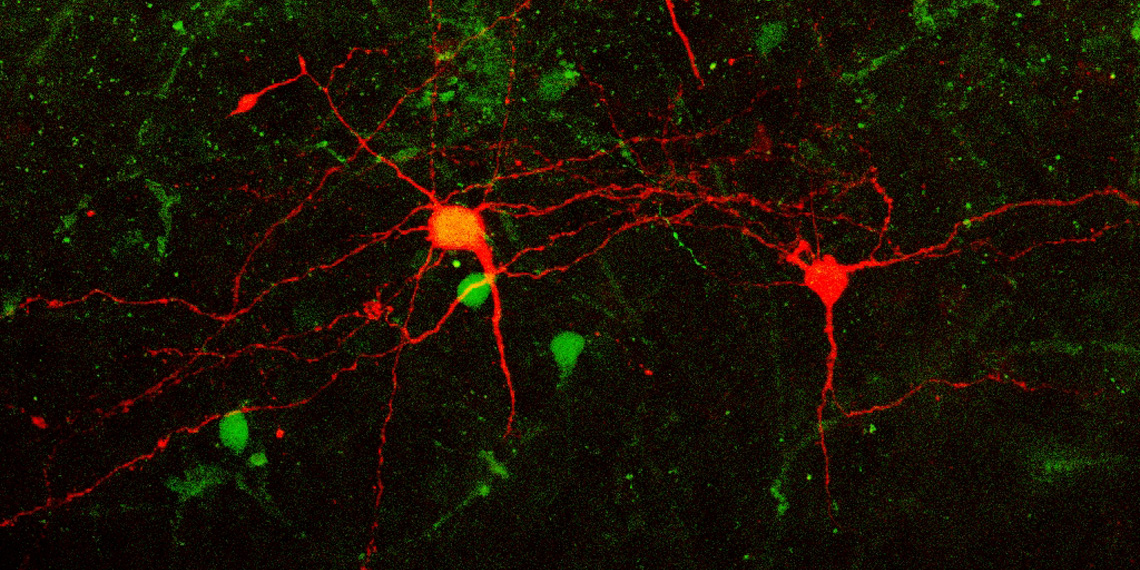
Harvard scientists have found that a single dose of psilocybin given to mice induces a rapid and long-lasting increase in connections between pyramidal neurons in the medial frontal cortex, an area of the brain known to be involved in control and decision-making. Their new findings are published in the journal Neuron.

What makes humans unique? Scientists have taken another step toward solving an enduring mystery with a new tool that may allow for more precise comparisons between the DNA of modern humans and that of our extinct ancestors.
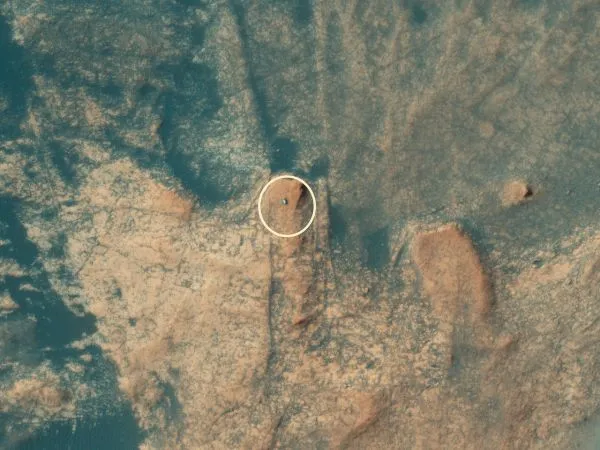
Evidence of ancient life may have been scrubbed from parts of Mars, a new NASA study has found.

One rocket launch produces up to 300 tons of carbon dioxide into the upper atmosphere where it can remain for years.

Dogs are born with an innate ability to read human gestures that is not apparent in their closest relative, wolves.
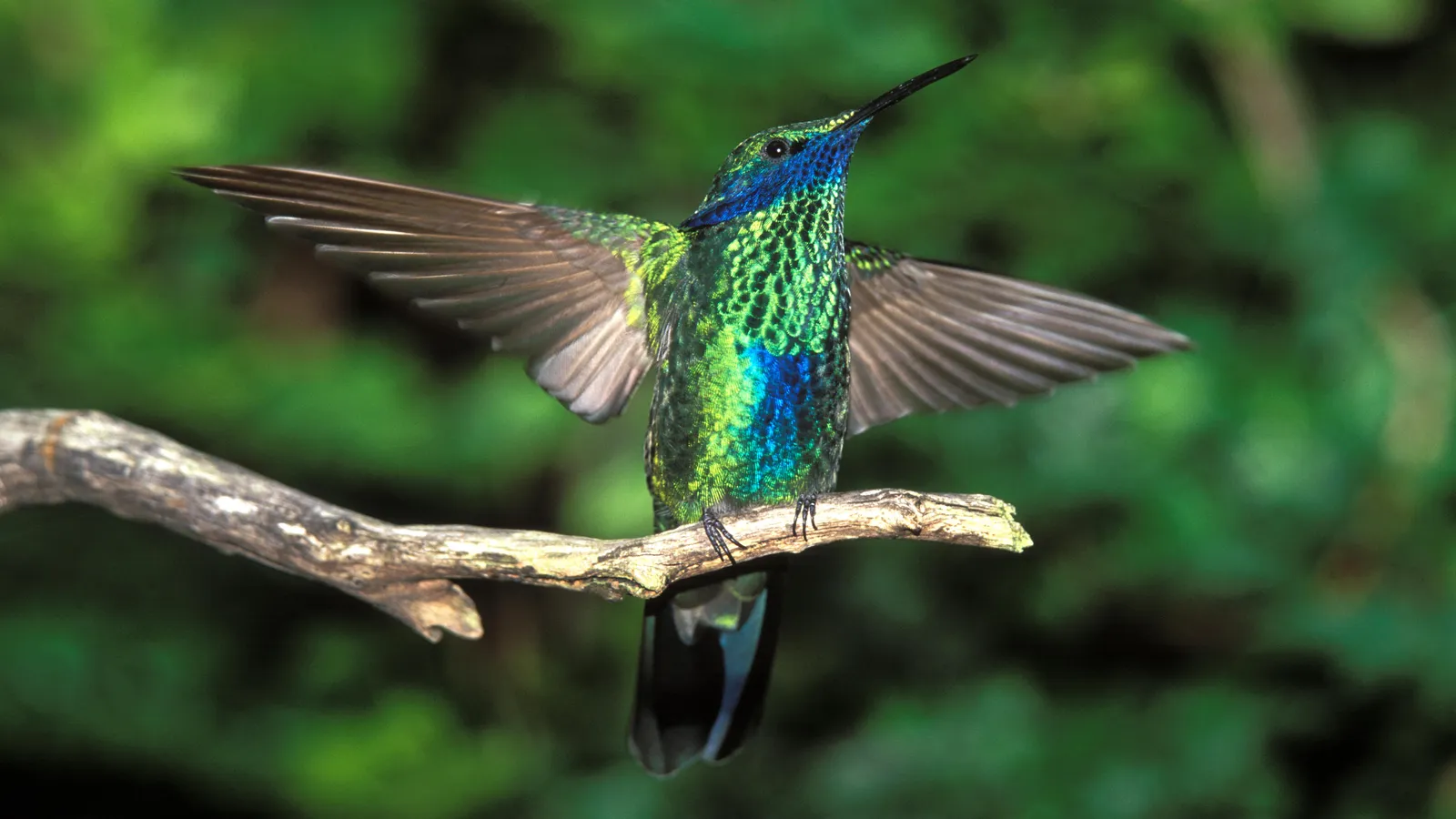
The stories of enigmatic birds told in indigenous folklore aren’t just fascinating tales, they may be a way to preserve languages and cultures at risk of extinction.

A torn 2,300-year-old mummy wrapping — covered with hieroglyphics from the ancient Egyptian Book of the Dead — has been digitally reunited with its long-lost piece that was ripped away.

Low doses of psilocybin and ketamine can heighten food-related motivation and improve attention in poorly-performing male rats, according to new research published in Frontiers in Pharmacology.
Large coastal sharks engage in ‘shift work’ to share their resources, according to a new study from Murdoch University’s Harry Butler Institute.
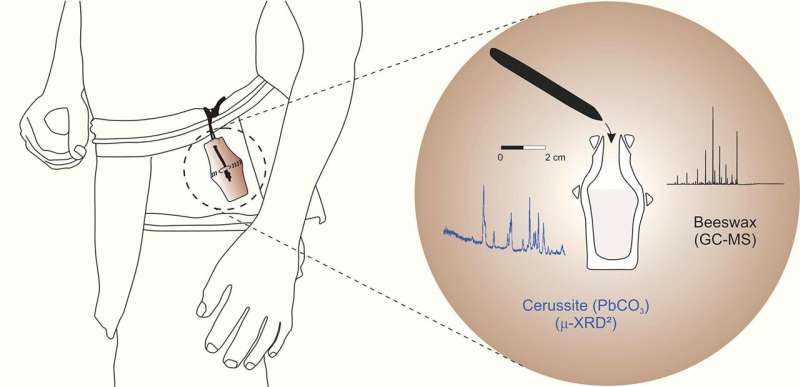
A trio of researchers from Slovenia’s Institute for the Protection of Cultural Heritage of Slovenia at the Centre for Preventive Archaeology and Eberhard Karls Universität Tübingen, in Germany, has found evidence of the oldest known use of cosmetics at a dig site in the Balkans.








